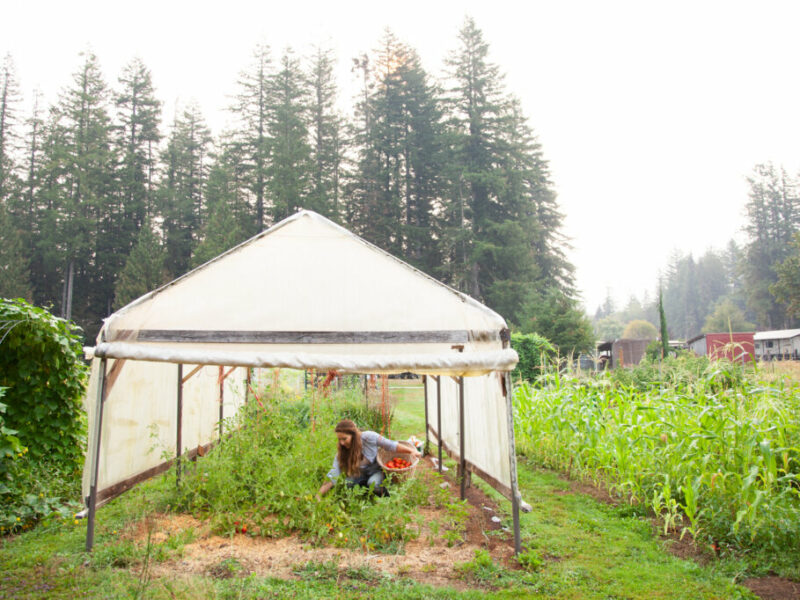 |
| Wild carrot among the rocks |
Discovering Wild Carrot in the Unlikeliest Places
By John Fisher (assisted by AI)
Sometimes the most interesting discoveries come from the smallest things—like a few bright green leaves peeking out from between a cluster of rocks. While weeding our peonies, Melanie noticed a patch of delicate, feathery plants growing in hard, rocky soil. At first glance, they looked like tiny ferns or perhaps young wildflowers. But a closer look revealed something more familiar: these humble plants were actually young wild carrot, also known as Queen Anne’s lace.
Summary of the Discovery
The little green plants stood out sharply against the dusty earth and scattered stones. Their finely divided, lace-like leaves resembled the leafy tops of garden carrots. Curious, I examined them more closely by taking a photo with my cell phone and asking chatGPT to identify the plant. Their shape, color, and growth pattern matched the characteristics of Daucus carota, a plant that flourishes in disturbed or rocky soil and often appears where most other plants struggle to grow.
Wild carrot is the ancestor of the modern cultivated carrot, and in its early stages the resemblance is unmistakable. Although it can look similar to other species, such as yarrow or certain parsley-family plants, the feathery leaf structure is a strong indicator. These plants were a perfect match.
Although wild carrot (Daucus carota) is related to poisonous plants like poison hemlock, the wild carrot plant itself is not poisonous when correctly identified, but parts of it can still cause problems. The leaves and stems of wild carrot may cause skin irritation in some people because they contain furanocoumarins—chemicals that can react with sunlight and lead to a rash. The root is technically edible when the plant is very young, but it quickly becomes woody, bitter, and unsafe to consume as it ages. The real danger comes from its close resemblance to poison hemlock, a deadly plant that can be fatal if ingested. Hemlock has smooth stems with purple blotches, a foul smell, and finer, more delicate leaves, but to an untrained eye, the two can look similar—especially before flowering. Because of this, experts advise never eating or handling wild carrot unless you are absolutely sure of the identification, and to avoid consuming any wild plant from the carrot family unless you can distinguish it from poisonous look-alikes.
Finding wild carrot in such a tough, barren patch of ground was a reminder of how resilient certain species can be. It also highlighted how much beauty and complexity exists in small, easily overlooked corners of nature.
Conclusion
A handful of feathery green leaves between rocks may not seem significant at first glance—but nature rewards attention. The discovery of wild carrot in this rugged little space offered a quiet lesson in resilience, adaptability, and the joy of noticing the details. Sometimes, all it takes is a moment of curiosity to uncover the remarkable hidden in the ordinary.
Keywords: wild carrot, nature discovery, Queen Anne’s lace, rocky soil, plant identification






